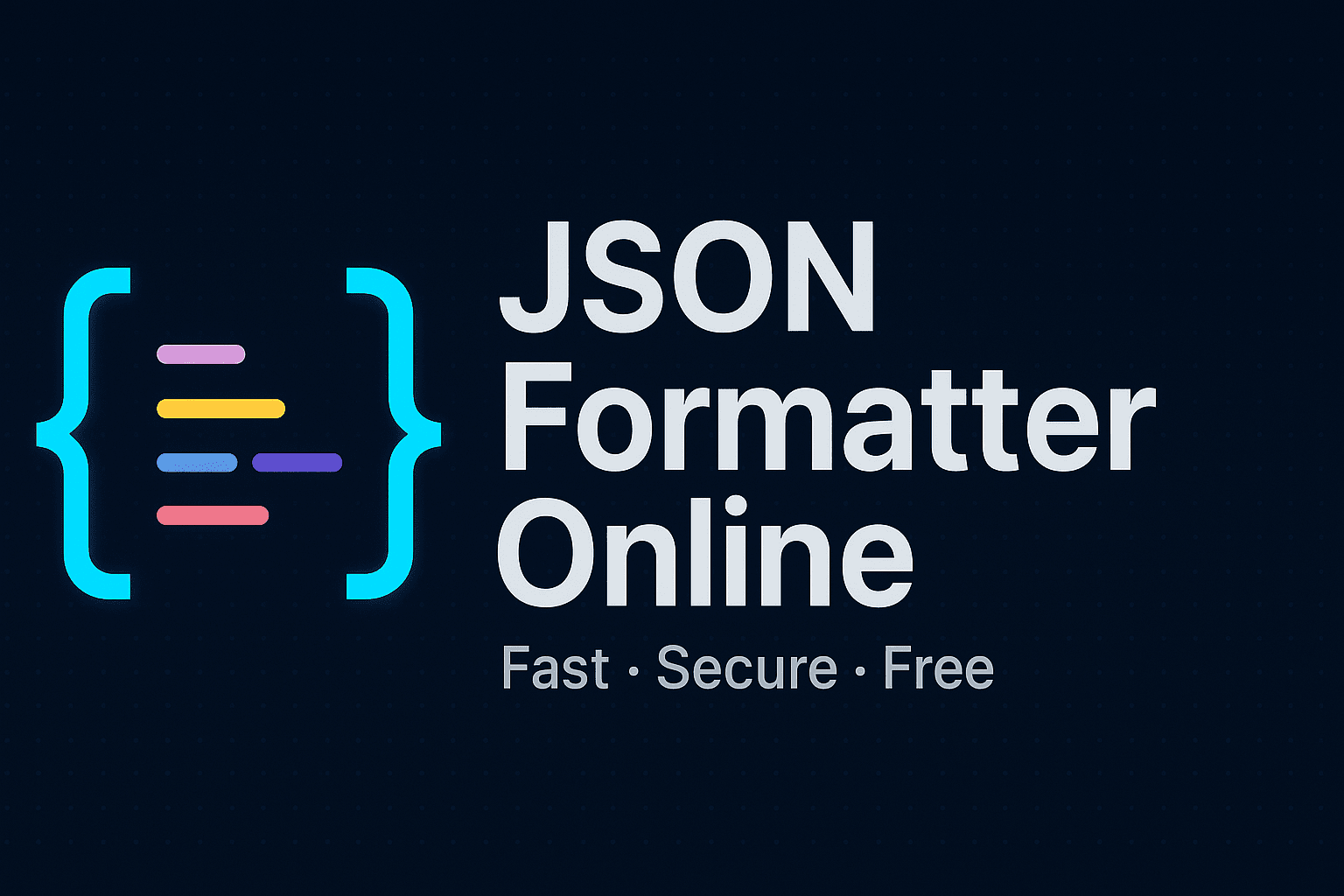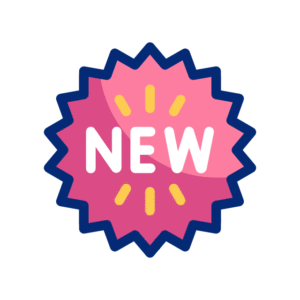Sample JSON Files — Free Download
JSON File Examples for Testing
Download for free the test dummy files for testing, and building your application. Examples files for downloading!
Looking for sample JSON files to enhance or test your projects? You’re in the right place! Our extensive library of JSON sample data sets is designed to meet all your needs, providing realistic and versatile datasets to help you build, test, and refine your applications with ease.

5 and 10 Level Nested JSON Files
{ 5 } Level Nested Formatted Versions
{ level1 "id": { { level2 "name": { { level3 "email": { { level4 "contact": { { level5 "address": {}} } } } }
{
"level1 id": {
"level2 name": {
"level3 email": {
"level4 contact": {
"level5 address": {
"level6 city": {
"level7 state": {
"level8 country": {
"level9 pincode": {
"level10 landmark": {}
}
}
}
}
}
}
}
}
}
}
{"level1 id":{"level2 name":{"level3 email":{"level4 contact":{"level5 address":{}}}}}}
{
"level1 id": {
"level2 name": {
"level3 contact": {
"level4 email": {
"level5 address": "Missing closing brace"
}
}
}
 What’s New with Sample JSON
What’s New with Sample JSON
- 🧩 Added hover tooltips to display object values dynamically
15-Nov-2025
- 🔍 Added search and filtering functionality for quick data lookup
21-Nov-2025
Table of Contents
Frequently Asked Questions
Basics of JSON Files
JSON files (JavaScript Object Notation) are a flexible and widely adopted format for managing structured data. It is known for its straightforward, human-readable syntax and effortless compatibility with numerous programming languages.
Learning and Experimentation
For those new to programming or data analysis, working with sample JSON files offers a practical way to grasp JSON syntax and structure. It provides a hands-on opportunity to experiment with real-world data formats.
When can example JSONs be used?
Sample JSON are primarily used for testing and learning. We focus on providing well curated sample data sets that will help you test your application. These sample files are example files with dummy data. All the files can be downloaded for free!
What is a JSON Format Sample?
When can example JSONs be used?
In our site we have provided 3 ways to download the JSON Files. The first link opens the file in a new browser tab. The second link opens the file in our online json editor (json-format.com), indicated with symbol . The third is a direct download to your computer, indicated with symbol
.
How to create a simple JSON file
How to write a JSON example?
{ "name": "John",
"age": 30,
"city": "New York"
}
What does a JSON document look like?
{
"name": "John Doe",
"age": 30,
"isStudent": false,
"hobbies": ["reading", "hiking", "gaming"],
"address": {
"street": "123 Main St",
"city": "Anytown",
"zip": "12345"
}
}
What is a sample JSON payload?
{ "id": 42,
"name": "John Doe",
"role": "Admin"
}
The different sizes of sample files
- 1 KB
- 10 KB
- 100 KB
- 500 KB
- 1 MB
- 5 MB
- 10 MB
- 20 MB
- 30 MB
- 50 MB
- 100 MB
- 200 MB
- 300 MB
- 500 MB
- 1 GB
The last update for this list was on 11-August-2025.
Would you like larger files? Let us know, we would be happy to create one for you for free. Write to use at info@json-format.com
Our objective is to be the largest repository of sample JSON files.
What do JSON files look like?
JSON files are plain-text documents formatted with key–value pairs. They use curly braces { } for objects and square brackets [ ] for arrays.
Even a large JSON file sample download, JSON files download, or sample JSON file URL will follow the same structure as smaller files.
What is JSON an example of?
JSON is an example of a lightweight data-interchange format.
It’s based on JavaScript object syntax but is language-independent—almost every programming language can parse and generate JSON.
Whether you’re working with a large JSON file sample download, JSON files download, or sample JSON file URL, JSON is commonly used for:
- Web APIs and REST services to send and receive structured data.
- Configuration files in frameworks and tools.
- Data storage for NoSQL databases like MongoDB.
What should a JSON file look like?
A JSON file should be properly structured with key-value pairs enclosed in curly braces. Each key should be in double quotes followed by its value. You can refer to Sample JSON files pdf or Download sample JSON file to see how a JSON file is formatted.
Is a TXT file a JSON file?
No, a TXT file is not a JSON file. A TXT file stores plain text, while a JSON file follows a specific data structure. However, you can convert a TXT file into a JSON file by formatting the text correctly. To understand the correct structure, check our Large JSON file sample download.
How to create a JSON file example?
You can create a JSON file by writing your data in JSON format and saving it with the .json extension. It’s simple and supported by most text editors. For reference, you can Download sample JSON file or review Sample JSON files pdf for proper formatting.
Top 10 reasons for using Sample JSON
Use a sample JSON file to practice reading and parsing data in different programming languages like Python, JavaScript, or Java.
Fill in mock user profiles, product lists, or messages in a prototype app or website with sample JSON data to simulate real user interaction.
Use a sample JSON file to test how your app or service integrates with APIs before connecting to live servers.
Fill up databases like MongoDB, Firebase, or SQL systems with example data from a JSON file to copy real-life situations.
Check how your app deals with missing information, wrong kinds of data, or surprising setups in JSON files by using sample files with mistakes on purpose.
Practice changing JSON into other types of files (like CSV, XML, or YAML) and back again to get better at working with different kinds of data.
Use sample JSON data in your projects to show your skills in working with data, connecting to other services, and building both the parts users see and the parts that run in the background.
Put sample JSON files into automation tools like Zapier or Integromat to try out and test how your automated tasks work.
Put a big sample JSON file into your app to see how it works with lots of data and make it run better if needed. You should also use a sample JSON file with many entries to copy a real-life example.
Create small utilities like a to-do list, notes app, or inventory manager, using a sample JSON file as your starting dataset.
What does the JSON code look like?
Typically, the term “code” refers to programming languages and the rules that determine how instructions are written and executed by computers. Examples of code include Python, Java, and JavaScript, which are used to make programmes perform specific tasks. JSON, which stands for JavaScript Object Notation, originates from JavaScript but is designed solely for storing and exchanging data. It does not contain commands, functions, or logic to instruct a computer what to do—instead, it simply represents information in a structured format. As JSON is purely a data format and lacks the features of a true programming language, it is not accurate to refer to it as “JSON code.” Instead, it is better to call it a “JSON file,” “JSON data,” or a “JSON object.”
More Frequently Asked Questions
What is a JSON payload sample?
Structure of a JSON Payload
{
"key": "value"
}
- Strings → “Hello”
- Numbers → 42
- Booleans → true or false
- Null values → null
- Arrays → [“apple”, “banana”, “cherry”]
- Objects → { “nestedKey”: “nestedValue” }
Example 1: Simple JSON Payload
{
"id": 101,
"name": "Alice",
"email": "alice@example.com"
}
Example 2: Nested JSON Payload
{
"orderId": 555,
"customer": { "id": 101, "name": "Alice" },
"items": [
{ "product": "Laptop", "price": 1200 },
{ "product": "Mouse", "price": 25 }
]
}
JSON Payload in GET vs POST Requests
- GET Request → Usually doesn’t include a payload, since data is passed in the URL.
- POST Request → Sends a JSON payload in the body to create or update resources.
- PUT/PATCH Request → Payload contains updated resource fields.
- DELETE Request → Often doesn’t require a payload, but may include one with specific conditions.
Common Mistakes in JSON Payloads
- Missing Quotes around keys → { name: “Alice” } ❌
- Trailing Commas for the last key → { “id”: 101, } ❌
- Incorrect Data Types for number → { “price”: “100” } ❌ instead of { “price”: 100 }
- Encoding Issues when sending special characters.
Sample JSON API: The Best Way to Learn and Test APIs
What is a Sample JSON API?
{
"id": 42,
"title": "Sample JSON API Post",
"author": "Jane Developer",
"status": "published"
}
Why Should You Use One?
- 🚀 Practice without stress – no API keys or complex setup.
- 🛠 Perfect for learning – try out GET, POST, PUT, and DELETE requests.
- 🎨 Great for front-end demos – test UI components with realistic data.
- ⚡ Quick prototypes – mock up projects before integrating real APIs.
A good set of Free Sample JSON APIs You Can Try
- JSONPlaceholder: Fake online REST API for testing.
- Mocky.io: Create your own custom JSON responses.
- Beeceptor: Mock REST APIs with flexible endpoints.
Sample JSON Array: Definition and Example
[
"Apple",
"Banana",
"Mango",
"Orange"
]
[
{ "id": 1, "name": "Alice", "age": 25 },
{ "id": 2, "name": "Bob", "age": 30 },
{ "id": 3, "name": "Charlie", "age": 28 }
]
